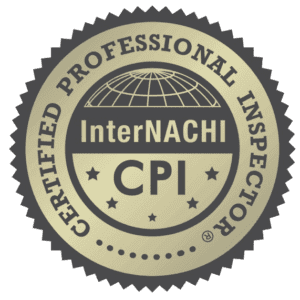Like an offensive lineman who you don’t notice until they committing that big offsides penalty in the 4th quarter, you usually will only notice your hot water tank on the rare occasion something goes wrong. Sometimes it's because you ran out of hot water for your shower or worst-case scenario it floods your basement cause it rusted out and started to leak. Water Heaters are one of the hardest working appliances in our home and also maybe the most under-appreciated as well. It is not easy to be on call to provide luxurious hot water 247. Do you know the back a century or so ago, you would have to heat water on top of a wood stove to take a hot bath and that that bathwater was usually shared by the entire household?
So let's start showing a little more appreciation for the appliance that provides us hot water at our beck and call and dig into how your Hot Water Tank actually works. NOTE: This article solely focuses on tank water heaters, Tankless Water Heaters will be discussed in another article soon.
How your Water Heater Tank Provides 24/7 Hot Water
Image a pot of water on your stovetop with a thermometer inserted into the water. You turn on the burner underneath the pot of water and naturally the pot of water starts to heat. Now image that thermometer has a signal wire connected to the burner control, and when it hits 120 degF it shuts off the burner. With the burner off the pot of water starts to cool until it reaches 110 degF and then the thermometer sends a new signal to the burner control to turn the burners back on to heat the water back up to 120 degF. This cycle continues endlessly, 24 hours a day so the pot always has water between 110-120 degF in it.

The example above is how your water heater tank works to supply you with hot water on demand. Whenever the tank cools from not being used or from you using the hot water inside the tank, the burner turns on (or electric coils from and electric heater) to heat the water back up to the preset amount. The dial control attached to the gas valve at the bottom of the tank (see Figure 1) is how to change what hot water temperature your unit is maintaining. It is recommended that you set your tank to be no greater than 12o degF cause above that temperature, human skin can burn rather quickly.
You are probably thinking right now that this seems terribly inefficient to keep heating water when it's not being used, but this is the price we pay for convenience. There are other water heating appliances that have solved this problem called tankless heaters, but we will get to those in another article.
The Basic Anatomy of a Hot Water Tank
As you can see from Figure 2, Hot Water to service your plumbing fixtures exits the unit at the top. When the hot water is used, cold water from the city water supply (or a private well) comes into the tank to always keep the tank full. This will naturally drop the water temperature in the tank and usually cause the water heater burners at the bottom of the tank to kick back on. When the burners kick on, you can see that it is not only them that heat the water but the flue in the middle of the tank that vents the hot exhaust gas for natural gas burning water heaters. Note for an electric-powered water heater, the burners/flue are replaced by heating coils, just like an electric stove or in some new circumstances an electric heat pump.

One other question you may have is when the tank is running and cold water is introduced to the tank, what prevents the cold water from not getting sucked into the hot water line. First, the dip tube pushes the cold water to the bottom of the tank for this very reason, so it does not mix with the exiting hot water. It also does this as the burners and flue are the hottest at the bottom and it will provide the best heat transfer rate. The other thing that keeps the cold and hot water mixing is physics. Everyone has heard, hot air rises, well the same is true for water. As the water is heated below, hotter water will naturally rise to the top.
As you can see from Figure 2, there are many other safety devices and components in your hot water tank that we will discuss in another article, but next up we will talk about important performance parameters that you need to know about hot water tanks, especially when you go to buy a new unit.


